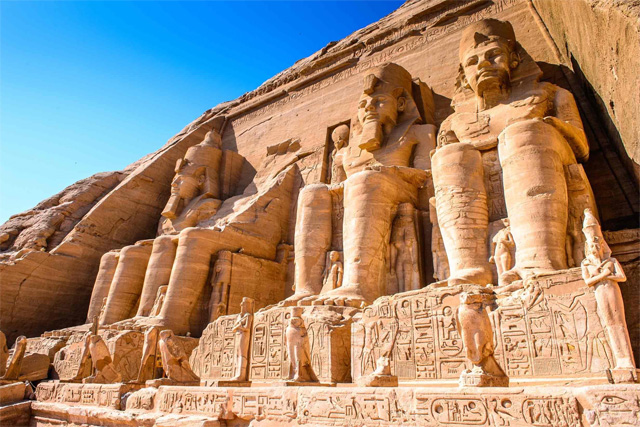Luxor top ten tourist attractions list, feel the glorious charm of pharaoh civilization!
- Egypt Tourism
- 2025-03-20 10:55
- 259
Luxor, known as Thebes in ancient times, is a treasure of Egyptian civilization and is known as "the largest open-air museum in the world". There are many breathtaking monuments, each of which tells the glorious history of the Pharaoh's era. Next, the small editor will give you a summary of Luxor's top ten tourist attractions list, feel the glorious charm of pharaoh civilization!
1. Karnak Temple
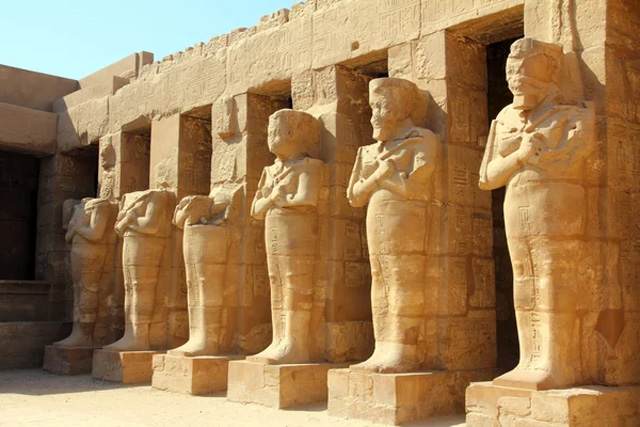
The Karnak temple is the most magnificent temple group in ancient Egypt, located in Luxor, dedicated to the sun god Amun. Its iconic large pillar hall consists of 134 giant stone pillars, which are covered with exquisite reliefs, showing the pinnacle of ancient Egyptian architecture. The temple also has an obelisk, a holy lake and numerous pharaoh statues, making it an excellent place to explore the religion and history of ancient Egypt.
2. Luxor Temple
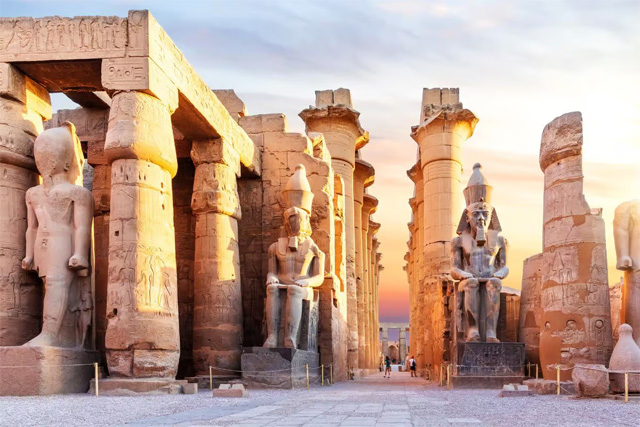
Luxor Temple, located on the east bank of the Nile River, is a masterpiece of the New Kingdom period of ancient Egypt, mainly dedicated to the god Amon. At the entrance of the temple stand two colossus of Ramses II and an obelisk, with exquisite colonnades and reliefs. Against the backdrop of night lights, the temple is more mysterious and a must-visit place to feel the charm of ancient Egyptian civilization.
3. Valley of the Kings
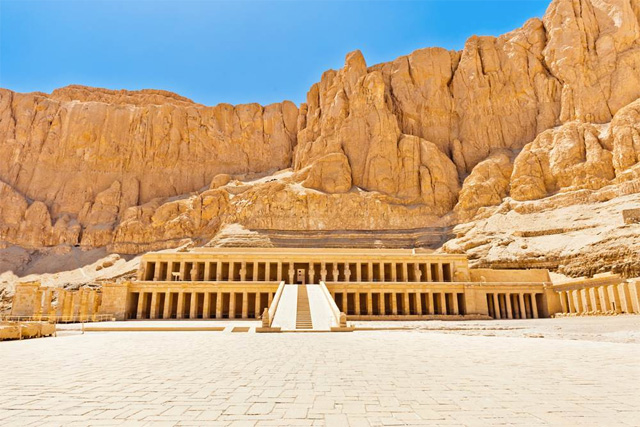
The Valley of the Kings is a group of tombs of the pharaohs of ancient Egypt during the New Kingdom, hidden in a desert valley on the west bank of Luxor. Many legendary monarchs such as Tutankhamun and Ramses II are buried here, and the interior of the tomb is beautifully frescoed, depicting the Pharaoh's journey to the afterlife. The thousand-year-old secret collection between the rock walls makes the Valley of the Kings one of the most mysterious archaeological treasures in the world.
4. Temple of Hatshepsut
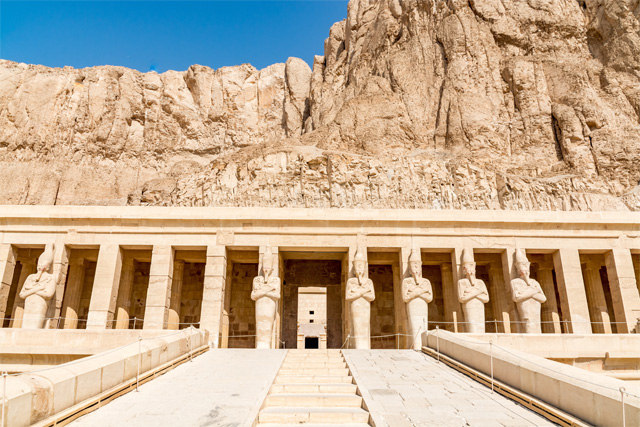
The temple of Hatshepsut is built on the mountain, and the unique three-story stepped structure shows the extraordinary wisdom of ancient Egyptian architecture. Exquisite frescoes in the temple tell the story of the glorious reign and expedition of the legendary female pharaoh. Its grandeur and exquisiteness shine in the sun, making it one of the most spectacular monuments on the west bank of the Nile, witnessing a glorious chapter in Egyptian history.
5. The Colossus of Mennon
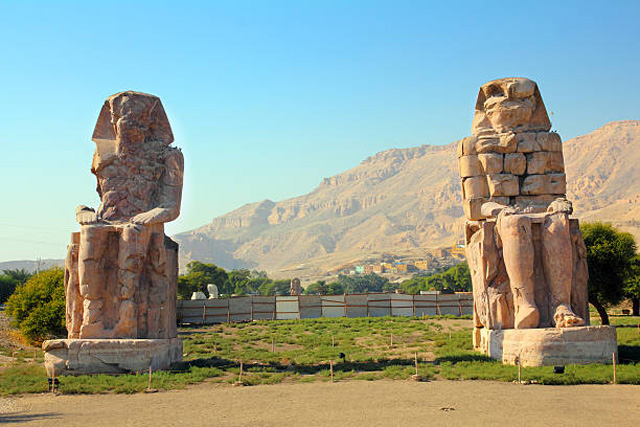
The Colossus of Mennon are two sandstone statues 18 meters high that once guarded the ruins of the Temple of Amenhotep III. In ancient times, when the morning breeze passed through the fissure, it would make a low sound and was known as a "singing statue". Despite thousands of years of weathering, this pair of majestic stone statues still stand solemnly, witness to the glorious history of the Nile River, and become one of the most legendary ancient Egyptian relics in Luxor.
6. Luxor Museum
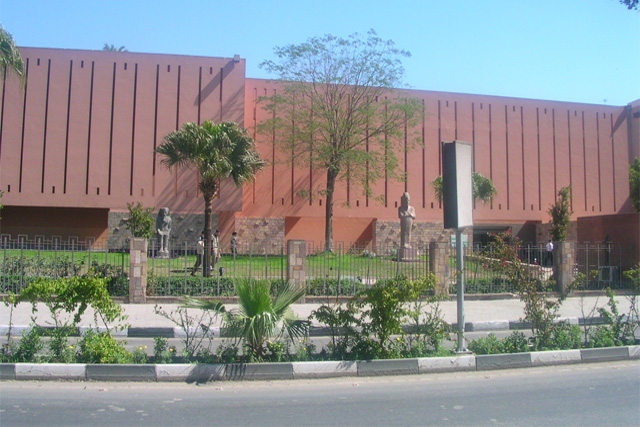
Luxor Museum is located on the banks of the Nile River. Although the collection is compact, it is very representative. It displays the exquisite statues of ancient Egypt, the relics of pharaoh and the precious cultural relics of Tutankhamun's tomb. The modern design and quiet atmosphere of the exhibition hall allow visitors to enjoy treasures up close, such as the statue of Amenhotep III and the wreckage of the chariot. This is a great place to learn more about ancient Egyptian art and history.
7. Queen Valley
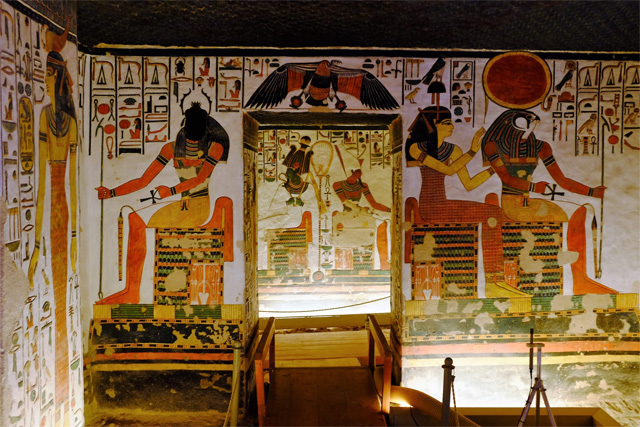
Queen Valley, located on the west bank of Luxor, is the mausoleum complex of ancient Egyptian queens and royal children. The most famous here is the tomb of Queen Neifertali. Its murals are colorful and beautifully detailed, which is known as "the most beautiful tomb". The tombs in the valley often depict scenes of the queen's divine protection, showing the ancient Egyptians belief in the afterlife, making it a mysterious place to explore the secret history of the royal family.
8. Temple of Ramses
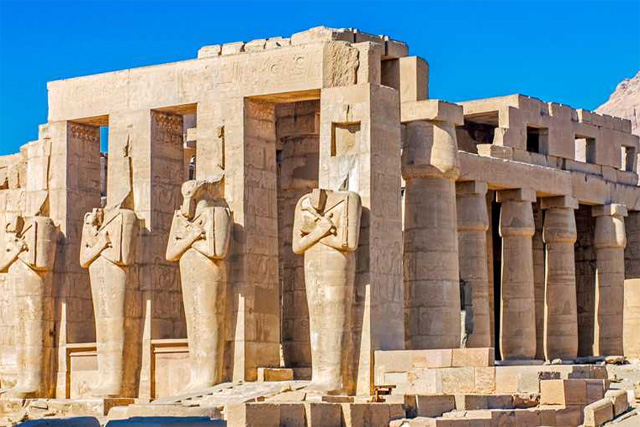
The Temple of Ramses is located on the west bank of Luxor and is a memorial temple built by Ramses II to show his achievements. The giant statues in the temple stand majeshingly, and the wall reliefs vividly depict the glorious victory of the Battle of Carteite. Although the temple has experienced weathering, its magnificent structure and exquisite murals still show the glory of the Pharaoh's era, making it an important testimony of ancient Egyptian architecture and history.
9. The Noble Tomb
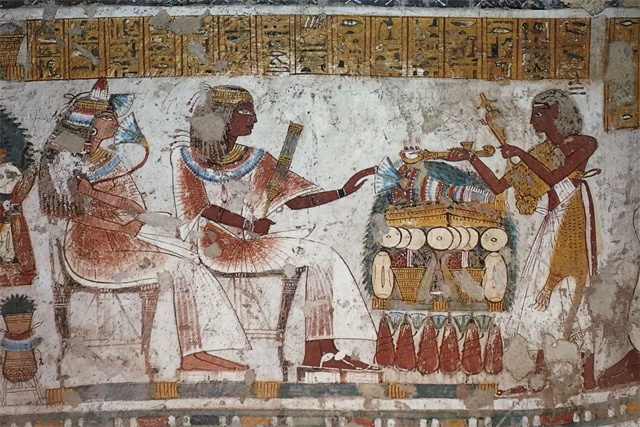
The tomb of the nobility is located on the west bank of Luxor, where ancient Egyptian dignitaries are buried, and the murals in the tomb vividly reproduce their daily life, rituals and harvest scenes, showing the social style of the non-royal class. Compared with the tombs of the pharaohs, these tombs are more life-like, with well-preserved colors and exquisite details, providing precious historical witnesses for exploring the culture and beliefs of ancient Egyptian officials.
10. King Tutankhamun's Tomb
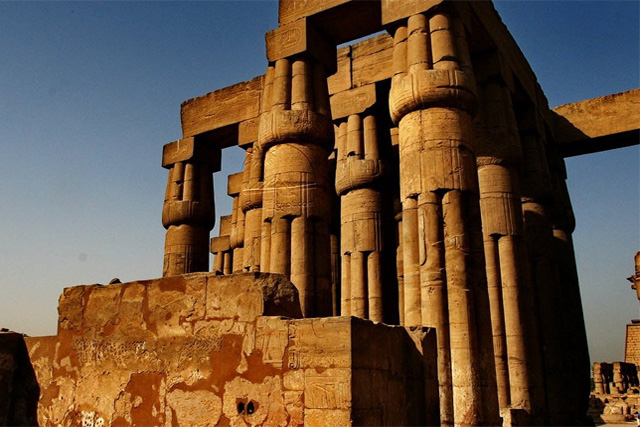
The Tomb of King Tutankhamun is located in the Valley of the Kings and is one of the most famous pharaoh tombs in ancient Egypt. In 1922, Howard Carter discovered the tomb and uncovered the three thousand-year-old gold deposit. Although the tomb is small, it contains exquisite murals, golden masks and countless burial treasures. It shows the glorious funeral culture of ancient Egypt intact and has become one of the greatest archaeological discoveries of the 20th century.
Luxor is not only a witness to the glorious civilization of ancient Egypt, but also a miraculous place where history and modernity meet. Whether you are a history enthusiast, explorer, or photography enthusiast, this city will take you into a mysterious and brilliant world, allowing you to appreciate the legend of the Nile River for a thousand years.
This article is edited and published by Journey Mark. If you have any questions, please feel free to contact us at any time.
Article Link:https://www.topvvv.com/en/Egypt/59.html

